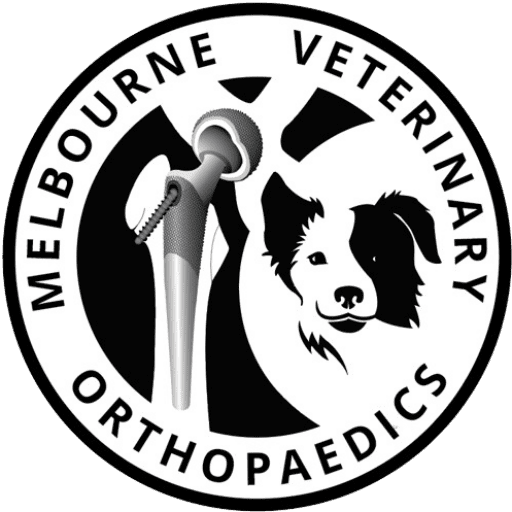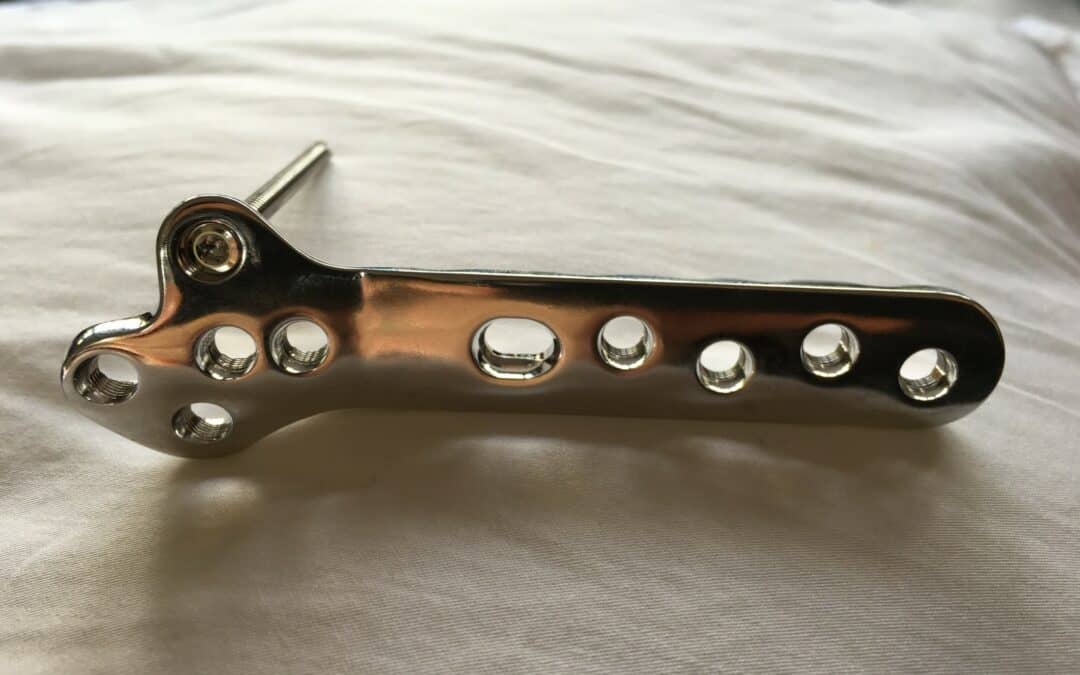Orthopaedic implants for animals are specialized medical devices designed to support or replace damaged bone structures in various species, particularly in pets like dogs and cats, as well as in larger animals like horses. These implants can be used to treat fractures, joint diseases, and other musculoskeletal disorders. Here’s a closer look at the types of orthopaedic implants commonly used in veterinary medicine:
Types of Orthopaedic Implants
Plates and Screws:
-
- Locking Plates: These provide stability and allow for better alignment of fractured bones. They are designed to lock screws into place, enhancing stability.
- Dynamic Compression Plates (DCP): Used to compress fracture fragments together, promoting healing.
Intramedullary Pins:
-
- Rods inserted into the medullary cavity of long bones (like femurs or tibias) to stabilize fractures. They can be used alone or in conjunction with other fixation methods.
External Fixators:
-
- Devices that stabilize fractures from outside the body. They consist of pins inserted into the bone, connected to a stabilizing frame. This method is often used for complex fractures or when internal fixation isn’t possible.
Joint Replacement Implants:
-
- Total Hip Replacement (THR): Used to treat severe hip dysplasia or arthritis, involving the replacement of the hip joint with a prosthetic implant.
- Stifle (Knee) Replacement: Similar to hip replacements, these implants are used to treat severe joint disease or injury in the knee.
Bone Grafts and Substitutes:
-
- Materials used to promote bone healing and growth. These can be autologous (from the same animal) or allogenic (from a donor).
Cages and Fusion Devices:
-
- Used in spinal surgery to stabilize vertebrae and promote fusion after decompression of spinal cord lesions.
Considerations in Veterinary Orthopaedics
- Material Selection: Implants are typically made from biocompatible materials like stainless steel or titanium, which are resistant to corrosion and well-tolerated by animal tissues.
- Surgical Technique: Proper surgical technique is critical for the success of implant placement, requiring skilled veterinary surgeons.
- Post-operative Care: Adequate rehabilitation and follow-up care are essential to ensure successful recovery and proper function of the affected limb or joint.
- Patient-Specific Factors: Size, weight, age, and activity level of the animal can influence the choice of implant and the surgical approach.
Advancements in Veterinary Orthopaedics
Recent advances include the use of 3D printing technology to create custom implants tailored to the specific anatomy of the animal, as well as the development of bioactive materials that promote bone regeneration.
Veterinary orthopaedics continues to evolve, with ongoing research aimed at improving implant designs and outcomes for animal patients. If you have a specific question or need more information about a certain type of implant, feel free to ask!

